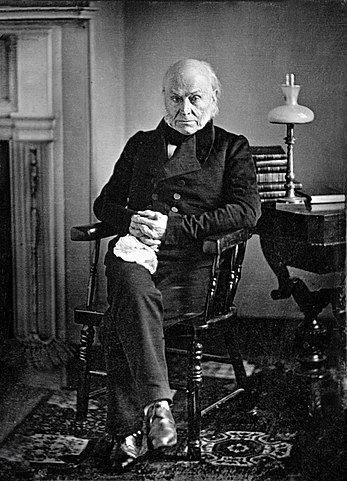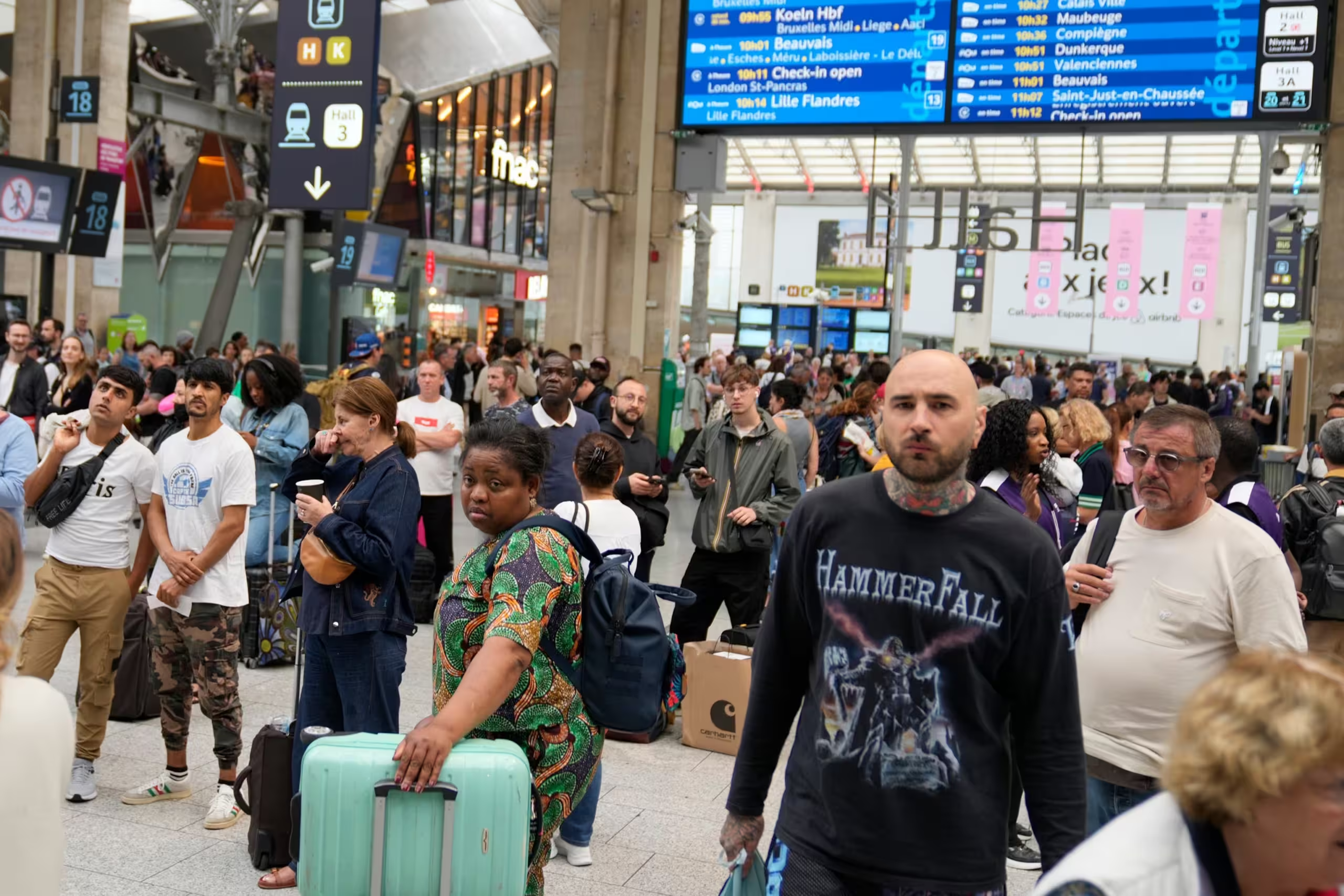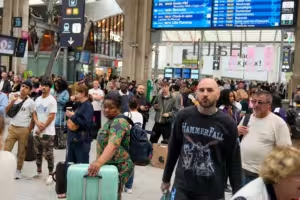A Former President Argues Before the Supreme Court
On February 24, 1841, former President John Quincy Adams stood up in front of the US Supreme Court to argue on behalf of slaves being held in New London, Connecticut. Adams was a US Congressman at the time, having returned to the legislature after serving as the President from 1825 to 1829. Adams was always a staunch abolitionist and saw this as an opportunity to further the anti-slavery cause.
The case had grown from an incident aboard a slave ship in the Caribbean. A group of slaves had been illegally purchased in Sierra Leone for transport to Havana. After being re-sold to plantation owners in Havana 53 slaves were placed on a smaller Spanish vessel called the Amistad, for transport to a Cuban plantation. They were able to overpower the crew and order the pilot to take them back to Africa. The pilot tricked them and sailed north, eventually running into a US vessel off Long Island. All involved were held in prison until a legal determination could be made.
The legal wrangling was over the possession of the slaves themselves. Did they belong to the Spanish Government who controlled the Amistad, the plantation owners who bought them, the United States who recovered them, or were they simply free men who were captured in violation of anti-slavery treaties.
The case meandered its way through the federal courts system until the US Attorney appealed to the Supreme Court. The US Attorney General Henry Gilpin argued that the slaves should be returned to the Spanish as they were on a Spanish vessel and the slave uprising had occurred in Spanish controlled waters. He presented documents to prove his case.
After the state made its case, attention turned to Adams. He stood before the court and for 8 hours, the 73-year-old passionately and eloquently defended the Africans’ right to freedom on both legal and moral grounds, referring to treaties prohibiting the slave trade and to the Declaration of Independence. The court found the imprisoned men to be free men illegally taken against their will. They did not however provide any decision on what to do with them, essentially leaving them in limbo. President Van Buren, feeling political pressure from the south refused to fund a return trip to Africa for the men.
Abolitionists took matters into their own hands and started the 18th century equivalent of a GoFundMe page. They were able to raise money to hire a ship and crew for the return to Sierra Leone.











